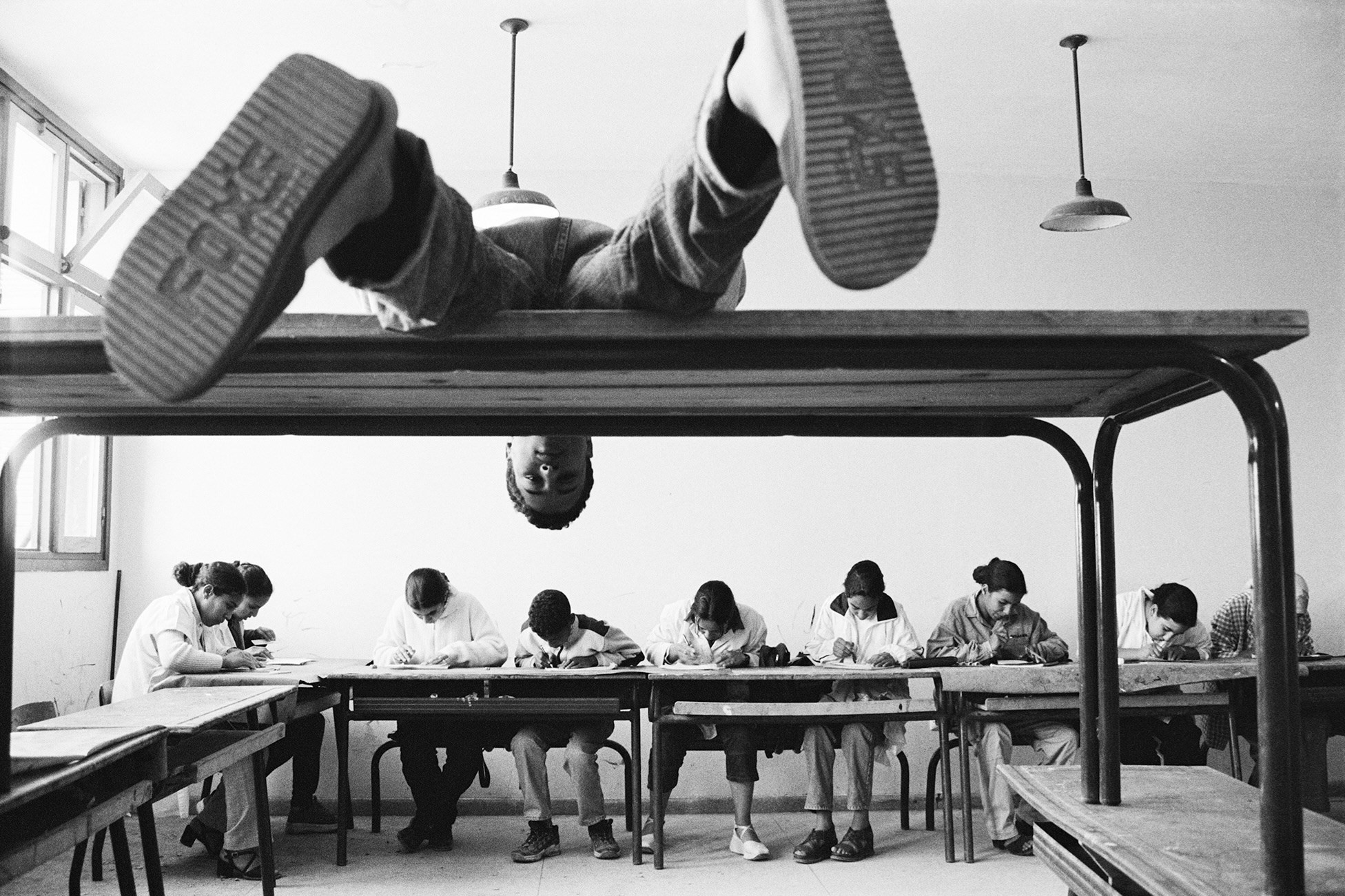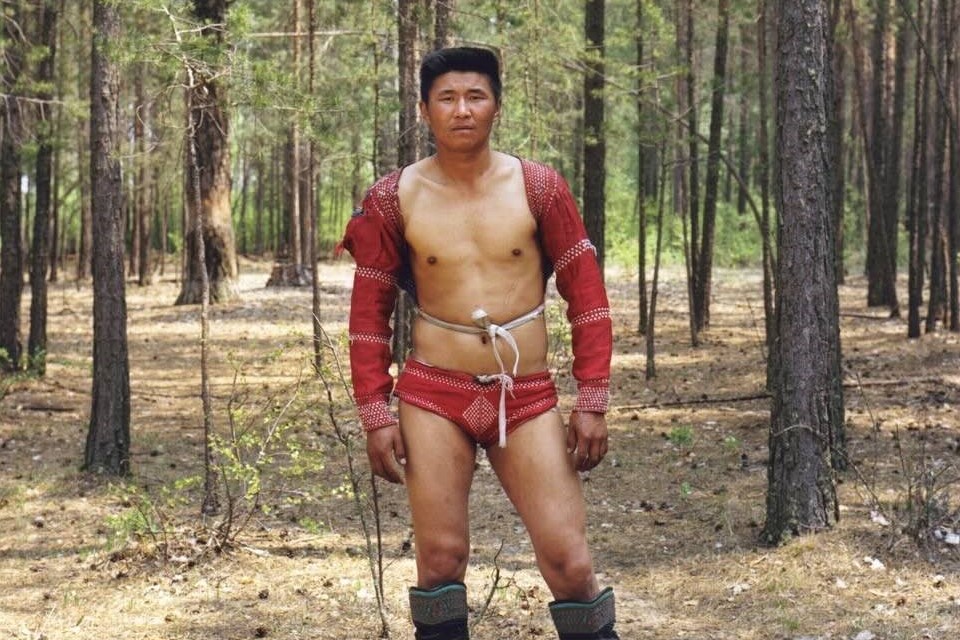In a new online exhibition, we are confronted with two Hujars: the studio photographer who captured his community; and the flaneur who cruised New York’s West Side
There is a fine line between fury and tenderness in the photography of American artist Peter Hujar, which captures New York between the gay liberation movement of the 60s and the Aids epidemic of the 80s. Whether it’s his image of two leather daddies kissing, or of fellow artist and lover Paul Thek in masturbatory pleasure, the beautiful and the brutal coalesce in his compelling work.
Within the broader context of American image-making, Hujar defines an era that is bookended by Diane Arbus and Robert Mapplethorpe, according to Oliver Shultz, who has curated an online exhibition of the artist’s photography for Pace Gallery. In Cruising Utopia, we are confronted with two Hujars: the studio photographer who captured his community of revolutionary figures and Downtown vagabonds at his East Village loft; and the flaneur who cruised the city’s West Side, where sexual encounters took place amid trucks and crumbling piers.
The show’s first pairing demonstrates the duality of his practice. In Christopher Street #2 (Crossed Legs), 1976, a man sunbathing by the Hudson River in short shorts unashamedly bares his legs, with a hazy detail of a ship on the backdrop. There is no dramatically lit studio, but Hujar’s voyeuristic gaze and the subject’s grand gesture recall his performative shots of artists John Giorno or Ethyl Eichelberger. The adjacent photograph, Christopher Street #4, taken in the same year and location, fits multiple men into the frame – each with searching eyes, some with naked chests and confident attitudes. The same ship is visible, similarly on the picture’s upper left corner. “Hujar photographed moments of exchange,” says Shultz, “whether they were with strangers on the street or friends and lovers at his studio.”
Until his death in 1987 due to Aids-related illness, Hujar’s Second Avenue loft was frequented by his close friends such as Susan Sontag, Fran Lebowitz and Greer Lankton, all of whom posed for disarming solo portraits. The exhibition includes a young Lebowitz waking up from a sleep; while Lankton stares into the ceiling, almost ready to surrender to her dream-state. Hujar’s $167 monthly rent was not unheard of at a time when the East Village was a bustling hub for artists, and yet he never chased after wealth or commercial success – Lebowitz allegedly said, “Peter hung up on any curator interested in giving him a show”, on her friend’s disinterest in mainstream recognition during his funeral.

“A stroll down almost any street meant another encounter with some bright someone who was not yet a somebody,” says Stephen Koch, the director of the Peter Hujar Archive. He had a turbulent relationship with a then-emerging David Wojnarowicz, a dynamic similar to that of Rimbaud and Verlaine. In a picture from 1981, Wojnarowicz’s arresting expression is accentuated by a flirtatious cigarette in his mouth; his thin long face surrounded by shadows. Hujar was able to convey his subjects as almost sculptural – Wojnarowicz and others appear larger than life, similar to dwarfing Greco-Roman statues placed on tall pedestals or New York skyscrapers he photographed behind West Side parking lots.
Orgasmic Man, 1969, catches a young man named Dutch Anderson in climax (the work is part of a namesake series, currently exhibited in Barbican’s Masculinities: Liberation Through Photography show). His right hand gently carries his tilted head; his eyes lids create pools of wrinkles around his eyes, tightly shut in pleasure. “There’s a compelling, arresting ambiguity to the image – you don’t know whether you’re looking at a scene of ecstasy or agony, or if you’re witnessing or trespassing,” explains the author Hanya Yanagihara about her decision to use the photograph for the cover of her seminal novel, A Little Life (2015). The poser’s anonymous expression blankets ample human emotions, from the darkest to the most joyous, similar to the book’s four protagonists, as well as anyone looking at a Hujar photograph.
Peter Hujar: Cruising Utopia is accessible on Pace Gallery’s website until July 28, 2020. Ten per cent of all proceeds from the exhibition will be donated to the New York City AIDS Memorial.


![Peter Hujar, Jay and Fernando [Two Men in Leather Kissing],](https://images-prod.anothermag.com/480/0-292-1014-676/azure/another-prod/390/9/399100.jpg)







